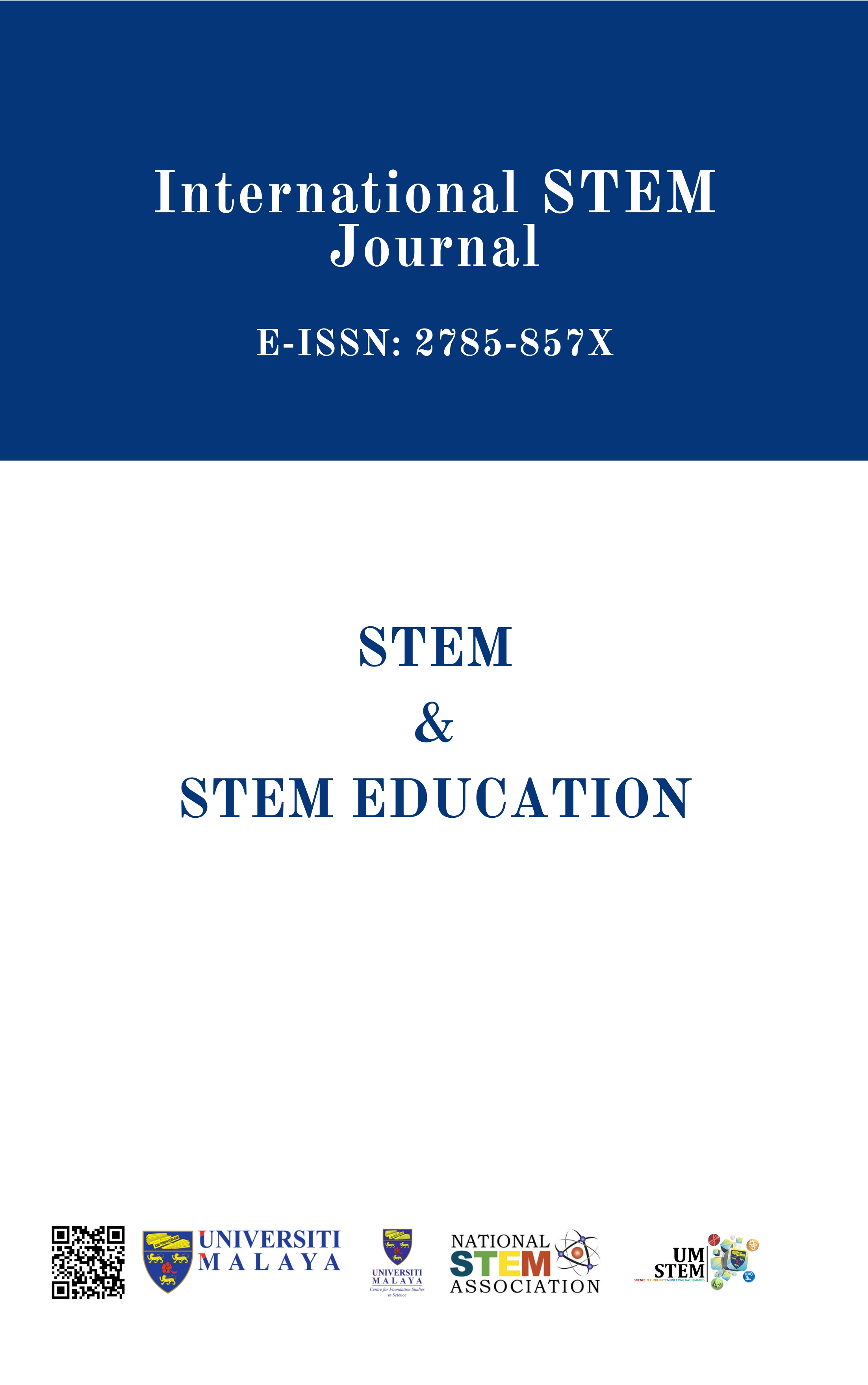EFFECTS OF ACTIVATED KAOLIN, QUICKLIME AND PARAFFIN ON SUNBURN, FRUIT SURFACE TEMPERATURE, ANTIOXIDANT ACTIVITY, TOTAL POLYPHENOLS AND ANTHOCYANIN’S OF SAVEH POMEGRANATE FRUIT
The effects of Sunscreen material on pomegranate fruits
Keywords:
Pomegranate Fruit, Sunscreen Compounds, Fruit Surface Temperature, Polyphenols, Antioxidants, AnthocyaninAbstract
In order to investigate the effect of three types of sunscreen, a field experiment was performed on Saveh pomegranate fruit in a randomized complete block design with 4 treatments and 3 replications. Mulberry pomegranate fruits were treated with three sunscreens including: activated kaolin (60 gL-1), quicklime (40 mlL-1), liquid paraffin and control treatment over a period of 4 months. The results showed that the active kaolin and lime treatments Live caused a significant reduction in sunburn (P <0.05). The amount of polyphenols and antioxidants in pomegranate juice generally increased significantly in the treatment with paraffin and quicklime, but the amount of anthocyanin increased significantly All three chemical compositions of fruit juice did not increase significantly compared to active kaolin treatment. The polyphenol content of pomegranate peel under kaolin treatment increased significantly but lime and paraffin treatment did not show a significant increase. The antioxidant and anthocyanin levels of pomegranate peel and fruit surface temperature increased significantly compared to the control under all three treatments, and studies identified active kaolin as an effective sunscreen compound.
Downloads
References
Blois MS .1958..Antioxidant determinations by the use of a stable free radical. Nature, 26: 1199-1200.
Chanwitheesuk, A., Teerawutgulrag, A., Rakariyatham, N. 2005.Screening of antioxidant activity and antioxidant compounds of some edible plants of Thailand. Food Chemistry 92,491–497.
Glenn,D.M.,Puterka,G.J.,Vanderzwet,T.,Byer,R.E.,Feldhake,C.,1999.Hydrophobicparticle films:a new paradigm for suppression of arthropod pests and plantdiseases.J.Econ.Entomol.92,759–771.
Hunt R and Cornelissen JHC. 1997. Components of relative growth rate and their interrelations in 59 temperate plant species. New Phytologist 3: 395–417.
Jaiswal, V., Der Marderosian, A. and Porter J. R. 2009. Anthocyanins and polyphenol oxidase from dried arils of pomegranate (Punica granatum L). Food Chemistry, 118: 11-16.
Kong,J.M.,Chia,L.S.,Goh,N.K.,Chia,T.F.,&Brouillard,R. 2003. Analysis and biological activities of anthocyanins. Phytochemistry,64, 923–933.
Kulkarni, A.P.,Aradhya,S.M.,2005.Chemical changes and antioxidant activity in pomegranate arils during fruit development.FoodChem.93,319–324.
Ma,Y.H.,Ma,F.W.,Zhang,J.K.,Li,M.J.,Wang,Y.H.,Liang,D.,2008.Effects of high temperature on activities and gene expression of enzymes involved in ascorbate glutathione cyclein apple leaves. PlantSci.175,761–766.
Martinez,J.J.,Melgarejo,P.,Hernandez,F.,Salazar,D.M.,Martinez,R.,2006.Seed characterization of five new pomegranate(Punica granatum L.) varieties. Scientia Horticulturae110,241–246.
Melgarejo, P., Garca, P., Hernandez, F., Martinez, J.J. Barrows, P. and Erez, A. 2002. Kaolin treatments to reduce sunburn in pomegranate. XXVIth International Horticultural Congress & Exhibition, August 11-12, p: 631-636, Toronto.
Melgarejo,P.,Martinez,J.J.,HernandezFca,MartinezFont,R.,Barrows,P.,Erez,A.,2004.Kaolin treatment to reduce pomegranate sunburn. Scientia Horticulturae100,349–353.
Mousavinejad, G., Z. Emam-Djomeh, K. Rezaei, and M.H.H. Khodaparast. 2009. Identification and quantification of phenolic compounds and their effects on antioxidant activity in pomegranate juices of eight Iranian cultivars. Food Chem. 115:1274-1278.
Ozgen, M., C. Durgac, S. Serce, and C. Kaya. 2008. Chemical and antioxidant properties of pomegranate cultivars grown in the Medi-terranean region of Turkey. Food Chem. 111:703-706.
Sairam, R. K., Srivastava, G. C., Saxena, D.C.,2000. Increased antioxidant activity under elevated temperatures: a mechanism of heat stress tolerance in wheat genotypes. Biol. Plant. 43, 245-251.
Soland, S.F. and S.K. Laima.1999. Phenolics and cold tolerance of Brassica napus. Plant Agri. 1, 1-5.
Weerakkody Palitha‚ Jobling Jenny‚ Magdalena Vergara Infante Maria‚ Rogers Gordon,2010). The effect of maturity, sunburn and the application of sunscreens on the internal and external qualities of pomegranate fruit grown in Australia. Scientia Horticulturae, 124,57- 61.
Wanger, G.J., 1979. Content and vacuole/ extra vacuole distribution of neutral sugars, free amino acids, and anthocyanins in protoplast. Plant Physiol. 64, 88-93.



